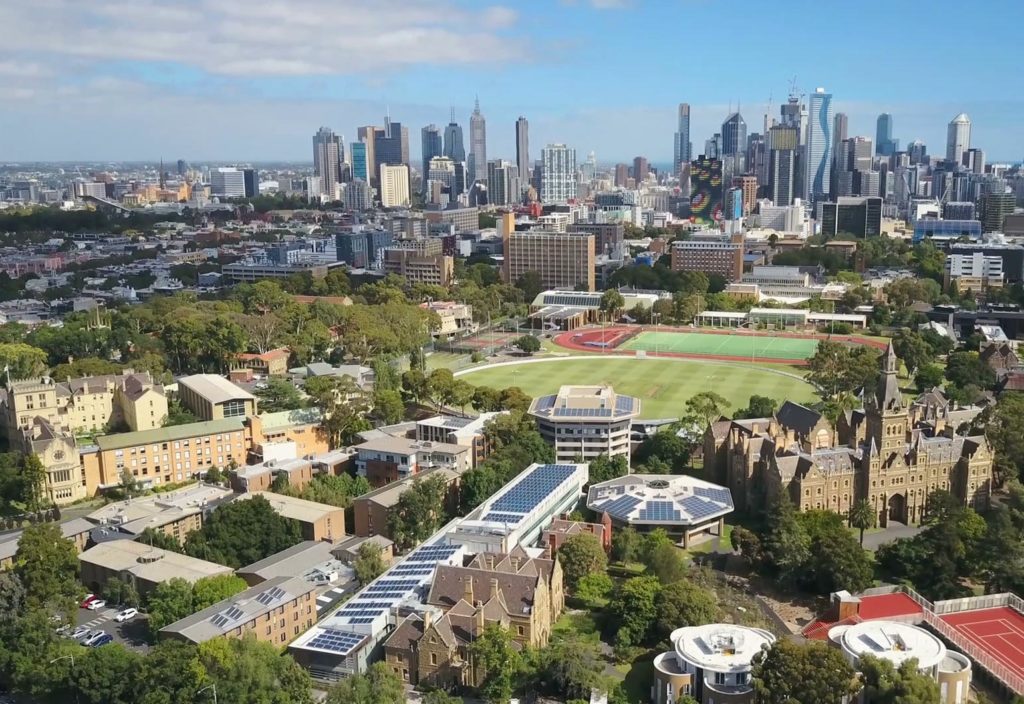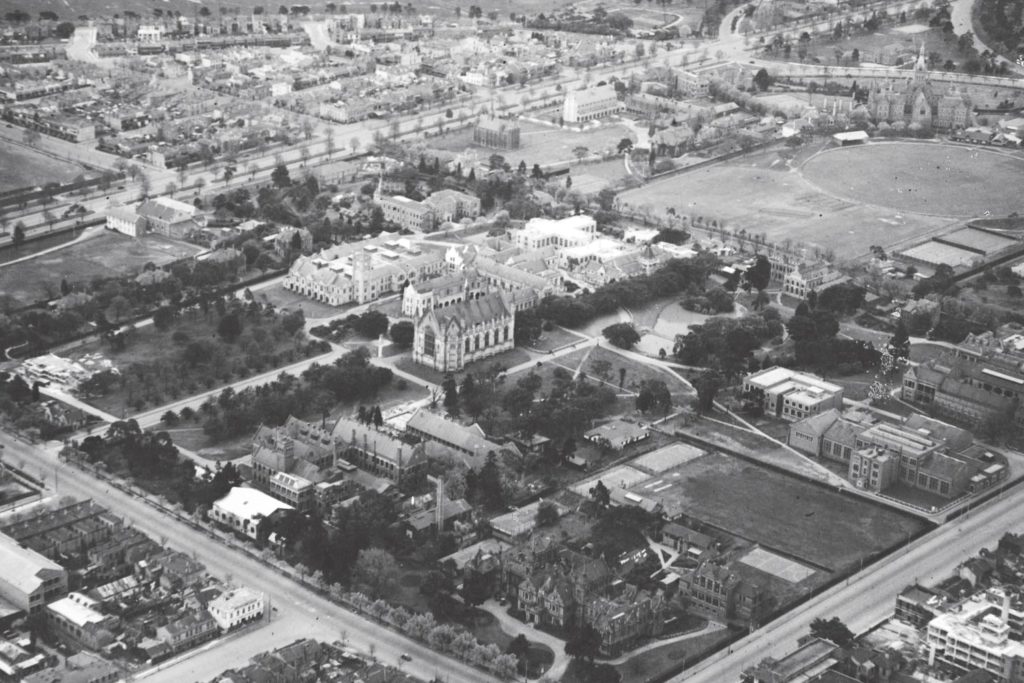Engineering education in Australia has come a long way since the first struggling school opening in Melbourne in the mid-19th century.
When Australia’s first engineering faculty opened at the University of Melbourne in 1861, it struggled with an image problem.
Enrolment in its first year stood at 15 students. Within three years, it had dwindled to nine. The broad industry view was that engineers required on-the-job training, not academic teaching, and the university’s certificates were not recognised by engineering societies at the time.
More than 150 years later, practical industry experience forms the foundation of learning in engineering faculties across the country.
At the University of Melbourne, there are more than 11,500 students enrolled at the School of Engineering — 33 per cent of whom are women — and teaching methods focus on problem-based learning.
Students complete design, industry or research projects and are guaranteed industry involvement in at least 50 per cent of Master of Engineering subjects.
Australia’s engineering educators now share the perspective voiced by industry more than a century ago: to prepare engineers for the workplace of tomorrow, put theory into practice.
Learning gets practical
It has taken time for universities to adapt. When Professor Mark Cassidy, Dean of the Melbourne School of Engineering, was a civil engineering student in the early 1990s, learning was still grounded in theory.
“It was very science-based, with limited application to how you would use these skills in the engineering profession,” he said.
“It was assumed that a lot of those skills would be learned on the job.”
Will Robertson, Lecturer and Honours Project Coordinator at the University of Adelaide’s School of Mechanical Engineering, said this hadn’t changed by the early 2000s, when he graduated from the university.
“When I was an undergrad, the culture was that you had to turn up to lectures because that was where you did the learning,” said Robertson, who is also Director of Curriculum Implementation at the university’s Faculty of Engineering, Computer, and Mathematical Sciences.
Much has changed, and students today are likely to watch lectures online and come to campus to work in teams solving real-life industry challenges.
Many campuses are moving towards a ‘precinct model’, where students are co-located with industry. Examples include the University of Melbourne’s new Melbourne Connect precinct, which will see 1100 engineering students and staff co-located with multinationals and startups.
It will also be home to a new accelerator program and a fabrication laboratory known as the Fab Lab.
Cassidy said the precinct model helps blur the lines between theory and practice.
“Learning is now focused on how people will practise engineering,” he said.
“This includes team-based learning and project management.”
The impact of AI
Project-based learning aims to prepare students for the workplace of tomorrow.
However, with technology like artificial intelligence (AI) evolving so rapidly, it is challenging to predict what work will look like in the future.
Professor Mikhail Prokopenko, Director of Complex Systems at the University of Sydney’s Faculty of Engineering and Information Technologies, said engineering education must prepare students for the third wave of AI, known as contextual reasoning.
The first wave, expert systems, blossomed in the 1990s as a way to describe behaviour using ‘if-then’ rules.
The second wave, machine learning, used statistical probabilities to find patterns in data.
“In the third wave, AI systems will be able to explain their actions and contextually adapt to changing situations,” Prokopenko said.
“This will have an impact on the future of engineering education. Jobs in the future will be in areas that require interaction with AI — not using AI as tools but as problem-solving partners. The new crop of engineer will be driven by this need to interact with AI.”
The rise of ‘micro-credentialing’
As technology continues to reshape jobs of the future, Cassidy said learning structures must evolve, too.
“Universities will become more involved in bringing people back to university for shorter stints of learning, known as micro-credentialing,” he said.
“I think the concept of life-long learning will also become embedded in workplaces as employers see the need to keep their people up to speed with changing technology and new ways of working.”
Robertson said that while universities will continue to curate and deliver bachelor’s degree programs in the future, learning will also be delivered online in what he describes as “digestible chunks”.
“You may be a mechanical engineer and do a micro-credential in a facet of electrical engineering,” he said.
“There is so much that can be learned online already, and universities are either directly or indirectly seeing some competition.”
Cassidy said that micro-credentialing will recognise prior learning in university and in the workplace.
“Rather than giving people another four-year program or a two-year master’s, you bring them in and asses them for the credential that they have,” he said.
“This kind of ongoing relationship with learning and with universities will be a real difference in the future.”
Education wish list
Olivia Panjkov is completing her final year of a master’s in electrical engineering at the University of Melbourne and has seen an increased focus on communication and interpersonal skills in recent years.
“The aim is to get us career-ready,” Panjkov said.
“I think there is a bit more that universities can do in this area.”
Panjkov’s education wish list includes a greater focus on safety design.
“I’ve done some internships and safety is such a priority in the workplace,” she said.
“I wish I’d had more experience in my degree in working and designing for safety.”
Panjkov added that industry experience has also shown her the importance of cross-disciplinary collaboration.
“I’d like to see interdisciplinary projects across different schools of engineering, or even using the help of physics or maths students,” she said.
“This would provide a more practical experience in terms of how problems are solved on the job.”
Cassidy predicts greater multi-disciplinary collaboration in the future.
“Industry wants industry-ready graduates,” he said.
“That is where education is heading. Science must be embedded in practical outcomes.”
This article originally appeared as “Higher learning” in the May 2019 issue of create magazine.


